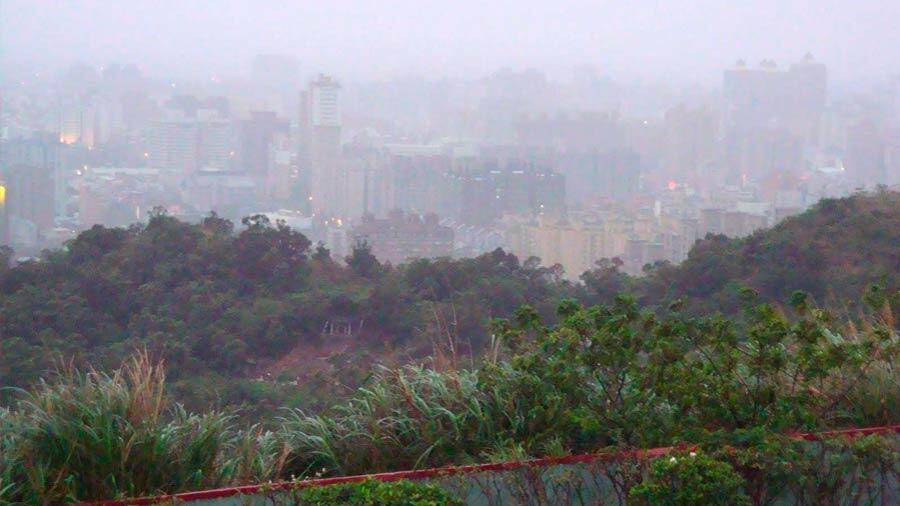This new approach is based on a new CO2 fixing enzyme that is almost 20 times faster than the most prevalent responsible for CO2 capture plants using sunlight as an energy enzyme nature.
“We have seen how efforts to directly gather synthetic for CO2 fixation in a living organism routes have not been successful so far, says the study director, Tobias Erb, of the Max Planck Institute for Microbiology Terrestre–. So we took a radically different approach, reductionist, joining the main synthetic components in ascending order in a test tube. “
Despite the great diversity of organisms expressing the planet enzymes to convert carbon dioxide into organic compounds like sugars such as plants do fotosíntesis– through efforts to exploit these capabilities to transform CO2 into high value as biofuels and chemicals have had limited success. Although the increasing concentration of CO2 in the atmosphere poses a challenge, the researchers also see it as an opportunity.
The team began with several theoretical CO2 fixation pathways that could lead to continuous cycles of carbon, but did not stop there. “We do not restrict our design efforts to known enzymes, but consider all the reactions that seemed biochemically feasible,” says Erb.
Unlike DNA sequencing, where the language of life is read from the genome of an organism, DNA synthesis involves first identifying a particular genetic element –as an enzyme to fix carbon of the atmosphere – and write and express that code into a new system.
In the end, they obtained through sequencing and synthesis, 17 different enzymes from nine different agencies through the three kingdoms of life and arranged these parties to achieve a proof of principle of operation of CO2 fixation that exceeds what is you can be found in nature. Erb calls this the “cycle CETCH” (crotonyl-CoA / CoA ethylmalonyl-12 / hydroxybutyryl-CoA).
important pieces of “climate puzzle”
By deploying the concept of metabolic “Retrosynthesis” step by step dismantling even the smallest precursors, reaction team juggled the thermodynamic conditions and developed a strategy that produced more promising results competing favorably with the natural metabolic pathways. Then, they searched in public databases enzymes that support your model and several dozen selected for testing.
“First, we reconstitute its gradual sequence of CO2 fixation reaction, providing all the ingredients to catalyze the desired reactions and then, following the flow of CO2 we discover what particular key reaction was rate-limiting,” says Erb. This proved to be methylsuccinyl-CoA dehydrogenase (GCF), part of a family of enzymes involved in respiration, metabolic reaction in the cells of organisms to convert nutrients such as carbon in energy units.
“To overcome this limitation, we designed the Mcd to use oxygen as an electron acceptor, to amplify the function, but this was not enough –describe Erb–. We had to replace the design of the original route with alternative reaction sequences, using more enzyme engineering to minimize side reactions and introducing indiscriminate enzymes patch to correct the formation of metabolites end “enzymes.
In support of team efforts of MPI, the Joint Genome Institute of the US synthesized hundreds of enzyme variants Enoyl-CoA carboxylase / reductase (ECR) through its Community Science Program. This allowed the team to put zero ECR MPI with the increased activity of CO2 fixation to successfully build a way of more efficient artificial CO2 fixation in a test tube.
“The ECR are overfed enzymes that are capable of fixing CO2 at a rate of almost 20 times faster than the most widespread CO2 fixing enzyme in nature, Rubisco, which leads the strong increase involved in photosynthesis,” says Erb.
This chemical process uses the sunlight to convert carbon dioxide into sugars that cells can use for energy along with other natural processes on the planet and represents the transformation of about 350 million tons of CO2 annually.
Source: Europa Press











